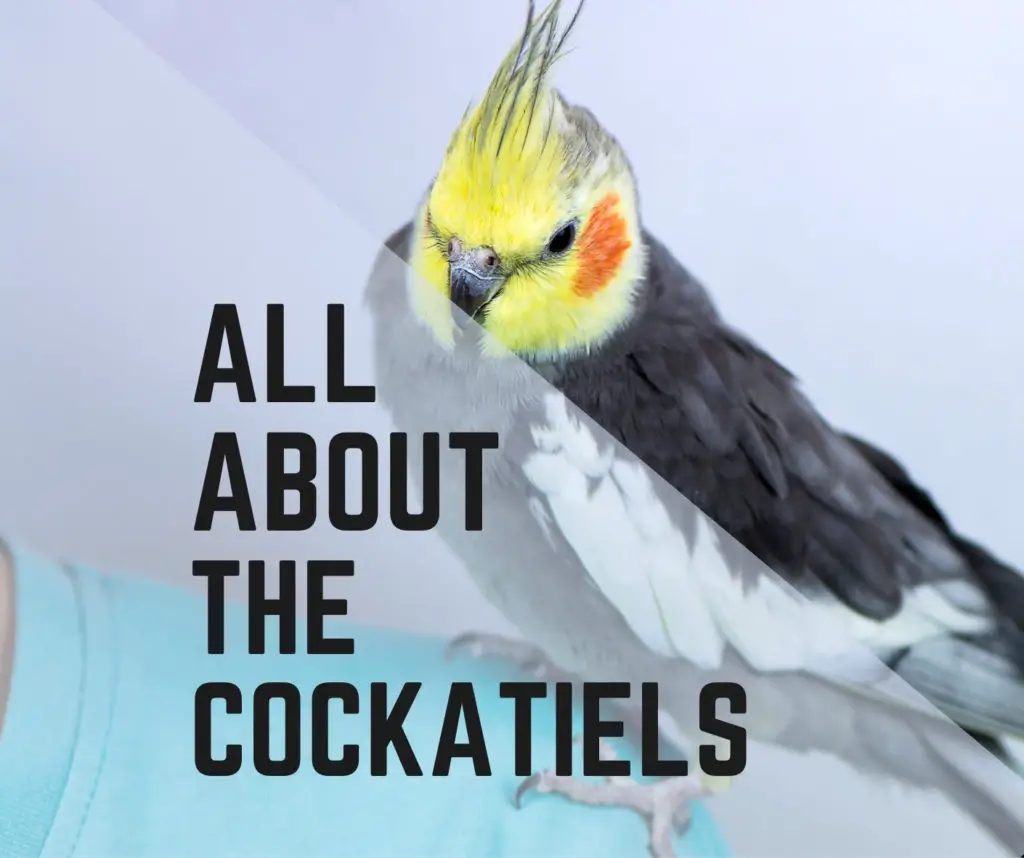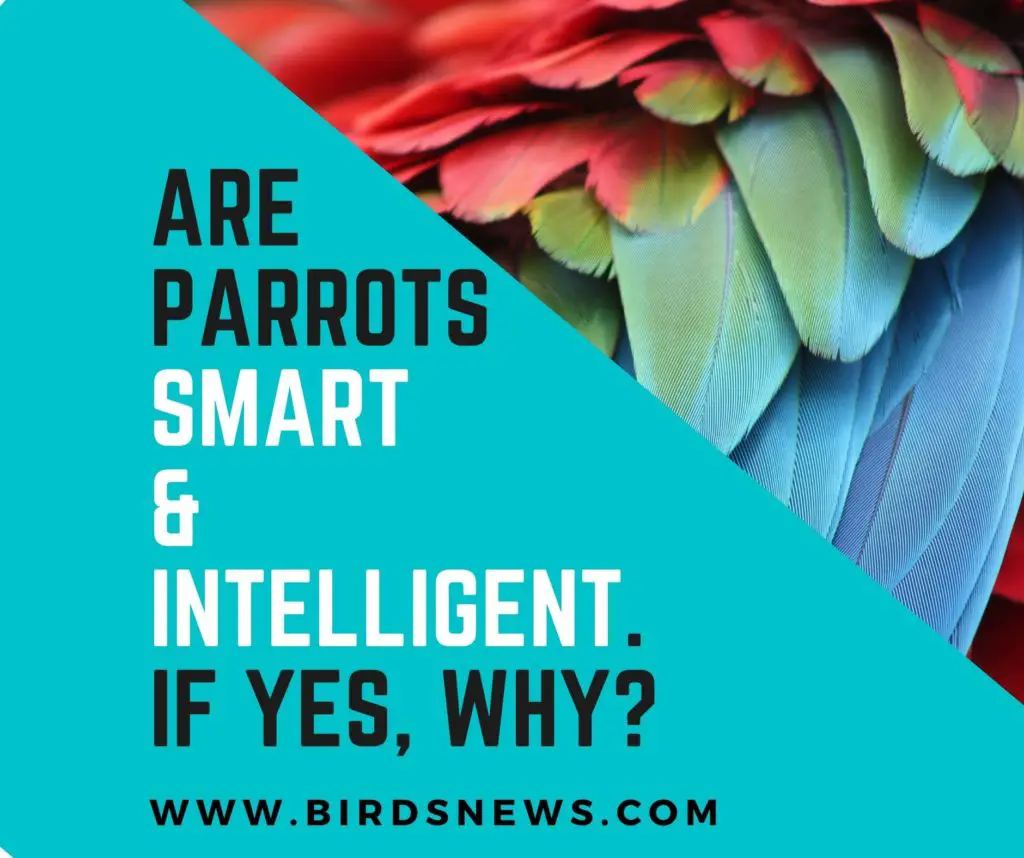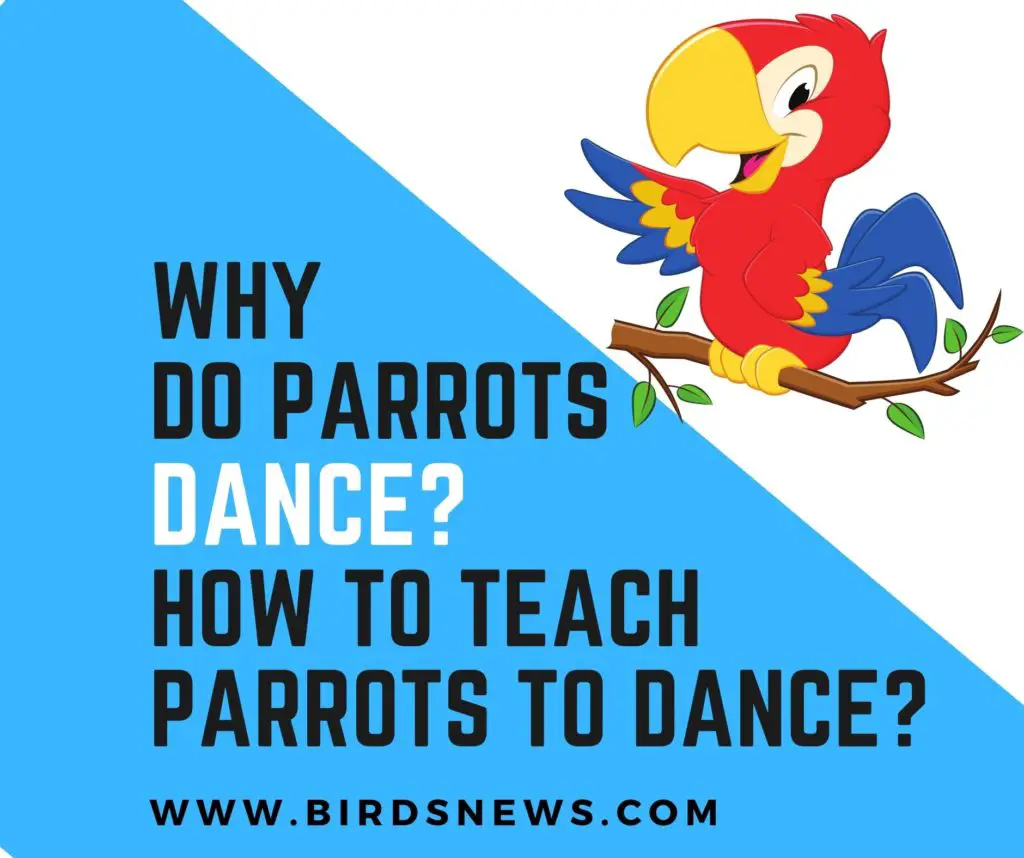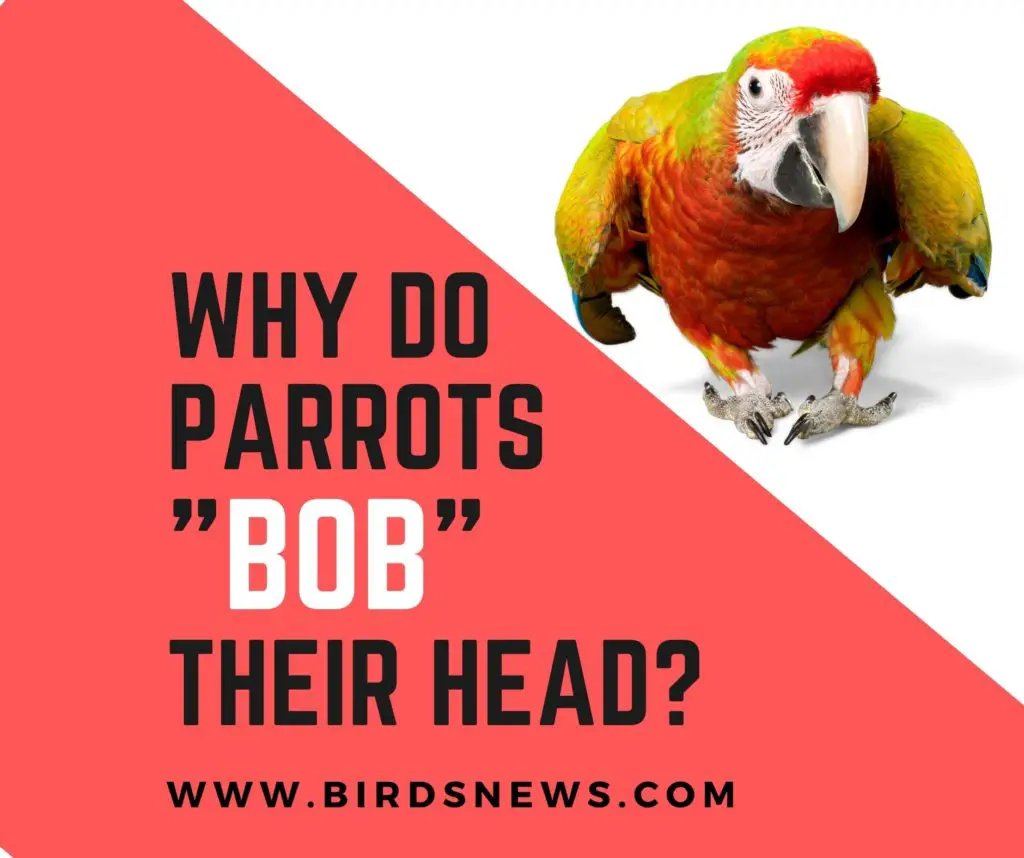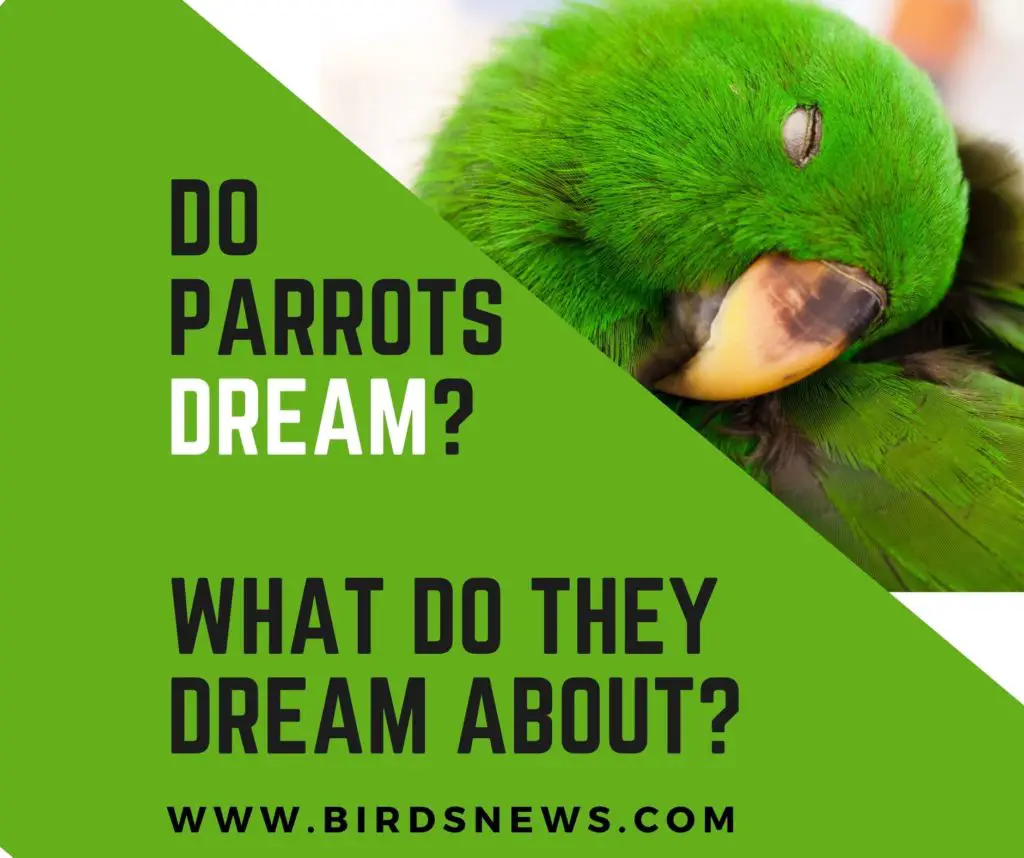Cockatiel, If I could keep only one bird, this would be it. They are simply the most wonderful mix of personality and charm, while generally remaining docile and sweet their whole lives, provided they are treated kindly and receive good care.
The Cockatiel bird is basically native to Australia. They are slightly smaller than Blue Jay. Most Cockatiels weigh about 75-100 grams.
They have been bred in captivity for so long that many experts consider them to be domesticated, though these birds have not officially been domesticated (bred for their pet qualities).
Cockatiels live an average of 15 years in captivity, though they have been known to live for 25, even 30 years sometimes. They can often be housed with other Cockatiels and Budgerigars (Budgies) happily.
Most Cockatiels have bright orange patches on each cheek and a crest on their heads that they can raise and lower at will.
The crest will stand erect if the bird is excited or scared, and it will be lowered while the bird is relaxed.
Personality
Cockatiels are often friendly and charismatic little guys. The females (hens) are typically quieter than the males.
Most hens will not whistle, but they might be a little bit more affectionate than the males.
Males tend to be quite vocal, whistling and even learning to talk in some cases. If raised properly and handled with love, they are often not aggressive.
Sources of Cockatiels
Many Cockatiels are given up to shelters and rescue groups; not because they are so difficult to care for, but because they’re considered so disposable.
Search for a good avian rescue and placement group for your new friend. You can also find Cockatiels up for adoption at bird clubs and in the newspaper.
Mutations
Cockatiels are one of a few species that have been mutated through in-breeding into different colors.
This is not necessarily good for the birds, but many people like having the option to get different colored birds.
All Cockatiels except the Whiteface mutation have orange cheek patches.
Besides the normal gray color, some popular mutations are:
- Lutino (yellow bodies)
- Pied (a mix of yellow and gray)
- Cinnamon (a softer gray with some white or yellow mixed in)
- Whiteface (light gray body, perhaps with some spots, and a white face)
Most mutations allow you to tell which is male and female. Males generally have bright yellow faces, while females have gray or very light yellow faces (depending on the mutation).
Females will also have yellow spots on the underside of their wing feathers.
Caging
Cockatiels need cages that are larger than the pet store recommends.
Larger is always better! I personally recommend aviaries instead of caging.
An aviary is a large enclosure that allows the bird a more natural living environment than a cage.
The aviary can be large enough for a person to walk into and can contain natural branches and perches, and multiple feeding stations.
Cockatiels love to fly! It helps them to exercise, and it provides the psychological stimulation that only flying can provide.
There are lots of resources on the internet for buying or constructing an indoor or outdoor aviary.
If you do not have room (or the budget) for an aviary, buy the biggest cage possible.
I recommend a cage that is 20 inches wide by 20 inches deep by 60 inches tall. Furnish the cage with perches of different sizes and widths, a few size-appropriate toys, and at least 3 food dishes; one for water, one for dry food (like pellets and seeds), and one for fresh food.
Lots of cages have grated on the bottom so that the bird does not have access to his own droppings.
This is good for the bird, but it does make cleaning a bit more labor-intensive since you will have to clean the grate regularly.
Diet
Diet and nutrition for birds is still a controversial subject, as ideas and research on avian nutrition keep evolving.
Bird experts recommend researching the kind of diet the bird would eat in the wild and trying to duplicate that diet as best as possible, within reason, and accounting for the more sedentary lifestyle of most captive birds.
You should always check with your avian veterinarian concerning diet issues.
Cockatiels should be fed a diet that includes organic pellets, a high-quality seed mix, and fresh human foods.
Pellets can be considered a “backup” or supplemental diet. Most Cockatiels much prefer seeds to pellets so take care that you’re not letting your bird eat seeds exclusively.
I like to feed a large amount of fresh, healthy people’s food to my Cockatiels.
The bird should get vegetables with lots of vitamin A since they need this nutrient to support good respiratory, reproductive, and digestive health.
Orange and red vegetables, as well as leafy greens, provide lots of this healthy vitamin.
Here are some good veggies to feed your ‘tiels:
•Carrots
•Peppers
•Broccoli
•Leafy greens
•Sweet Potatoes
•Winter Squash
Fruits should be fed sparingly, as they contain a lot of natural sugar. Fruits like apples and grapes might taste good, but they don’t contain a lot of nutrients for your bird.
Here’s a list of some good, richly colored fruits to feed:
•Cantaloupe
•Papaya
•Purple grapes
•Berries
•Pomegranates
Other healthy fresh foods include cooked grains and legumes, like oatmeal, beans, and lentils, and whole wheat pasta. Many people love to cook for their birds.
You can make homemade pieces of bread and muffins (adding pureed vegetables or baby food), or you can try one of the many quick-cooking mixes on the market for birds. Since fresh food spoils so quickly, you’ll need to remove the food a few hours after serving it.
You should avoid feeding your bird foods with a lot of salt and sugar, as well as chocolate, avocado, raw onions & potatoes, alcohol, raw peanuts in the shell, and caffeinated drinks.
Veterinary care
Cockatiels, like all exotic birds, should receive regular veterinary care. There are many avian diseases that are transmittable to other birds, and a few that are even transmittable to humans, so you’ll want to check for these, especially when you first bring your bird home. Birds are also experts at hiding all signs of illness.
Many caretakers report that their bird didn’t look or act sick before he died and that they had no idea anything was wrong. In the wild, a sick bird is an easy meal, so birds learn to hide signs of illness.
This instinct has not been bred out of our captive birds. Regular veterinary care and testing can help you and your vet identify and treat any problems before it’s too late.
Besides going to the vet, you should also weigh your bird regularly with a gram scale. You can find some that have a perch attached to the scale, or you can buy a separate perch designed to go on a gram scale.
Weekly weigh-ins will help you identify any drops in your birds’ weight. A 10% weight loss indicates a serious problem, so you would want to call your vet before that point.
Signs of Illness
Other signs of illness in Cockatiels and other birds include
- excessive sleeping,
- lethargy,
- refusal to eat and or drink,
- difficulty while perching,
- trying to sit on the bottom of the cage,
- irregular breathing,
- vomiting,
- frequent discharge from mouth, eyes, and nose.
- limping,
- bobbing of tail
- Some obvious signs of trauma (like blood)
These signs should be considered an emergency. Be sure to keep your bird away from other pets, especially cats and ferrets.
Toys
Part of keeping your bird healthy includes keeping him happy with toys. Cockatiels love smaller toys like bells. Some Cockatiels also really love mirrors.
Since they love to chew, toys made of softwood and paper are also a good choice.
Most birds will not intentionally ingest any parts of their toys, but keep a close eye on your bird when you give him a new toy to make sure he plays safe with it. Trim or remove any loose strings or loose parts.
You can make your own toys, but be sure any parts are untreated with any chemicals and were not exposed to other birds (since most avian diseases are airborne). Avoid toys with key rings and jingle bells. Birds often get their beaks stuck in them and are usually painful to release.
The Cockatiel
If I could keep only one bird, this would be it. They are simply the most wonderful mix of personality and charm, while generally remaining docile and sweet their whole lives, provided they are treated kindly and receive good care.
Cockatiels Breeding
If we allow them, Cockatiels would mate and breed 24-hours a day! They are little breeding machines. Even when kept singly, they will still exhibit breeding behaviors.
You’ll need to take some precautions to ensure your bird doesn’t drive himself crazy! Besides becoming frustrated, breeding behaviors can be bad for your bird’s health.
Females can start to lay eggs, which might be bad for their body if she lays too many. Eggs draw Calcium out of the body, and ‘tiels can become egg-bound when the egg becomes stuck in the body while she’s trying to pass it.
Calcium deficiency and being egg-bound can both kill a Cockatiel. These birds can also get quite aggressive while they’re hormonal.
I’ve actually been dive-bombed and attacked by a very hormonal male Cockatiel who decided he was in love with my African grey.
It’s just best for you, and for them, to try to keep their hormones in check.
Things to keep in mind to avoid breeding behaviors:
Don’t let your ‘tiel venture into dark places. This means no sleeping huts, no cardboard boxes, no nestboxes, no cupboards or cabinets, no under furniture.
They seek out dark places, so you need to be on your alert! They treat dark places as a nesting site, and will happily lay eggs there or just hang out there all the time.
Don’t pet your ‘tiel anywhere except her head and neck! Other body parts of birds are “sensitive” and often induce them into breeding behaviors.
Don’t let your ‘tiel stay up too late. Longer days and bright daylight or even artificial light may signal then in the false breeding season.
Restricting them to half-day of darkness and another half with light will help.
Don’t encourage them to mastṵrbate. Yes, birds do it quite often! Males will squat themselves down on something and rub their undersides into it, and females will position their tails over something (like a perch) and rub against it. They often make little squeaky noises while doing it.
Yes, it’s kind of cute, but don’t let them do this. Remove any “favored” toys or perches until your little guy calms down.
If your bird is already in breeding mode, stop feeding her soft, wet foods.
In Summary
Never ever let your bird regurgitate for you even though it how appealing it may appear. Yes, it means he’s desperately in love with you, but it’s not good for him to be constantly frustrated like that. Just walk away or put him back in his cage when he does this.
Take good care of your Cockatiel, and she will take good care of you! Be sure to provide plenty of healthy foods, fun toys, enough room to move around and fly, proper veterinary care, and lots of neck scratches and gentle kisses, and your little ‘tiel will reward you for years to come!

Hi, There and Welcome to BirdsNews.com, is here to help you learn and care about pet birds. and this blog is a journal of everything I’ve learned.

